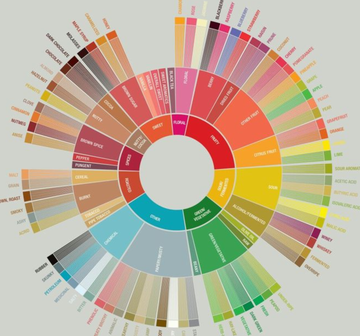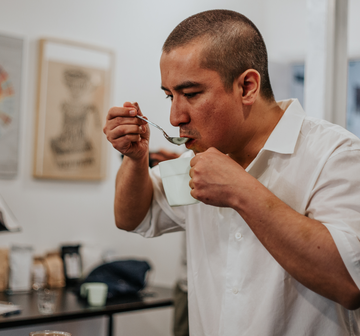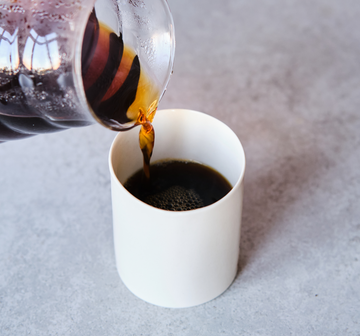FACTORS THAT INFLUENCE COFFEE
The quality of a coffee bean is conditioned by a large number of factors. Thus, all the circumstances that surround its growth and production, such as the micro-climate of the farm, the way in which the land and trees are treated, the altitude, the composition of the soil, the shade that the coffee plantations receive, the type of cherry picking and finally, the type of process used to treat the beans will determine their particularities and flavor.

TYPES OF PROCESSES
Natural
In this process, drying is done naturally, that is, in the sun. Coffee cherries are spread out on drying patios or on African beds. It is necessary to stir periodically with a rake to achieve uniform drying.
Proper drying has been reached when the rattling of the kernels inside the dried cherry can be heard. Allows maximum water savings.
The result in the cup is sweet because the grain dries together with the pulp and absorbs the sugars from the fruit.
Regions that use it: Brazil, Ethiopia, Indonesia.
It is the main method with Robusta.

. 
Semi-Wash
For us to understand easily, this process is a Natural with previous washing. Let me explain, the freshly picked coffee is taken to the 'Beneficio' (area where we treat the picked cherry). Here, the grains go through washing channels and from there to the pulper. The grain - in parchment and with mucilage - is taken directly to dry on 'African beds' or in drying patios. It requires a series of care, especially to achieve uniform drying, and favorable climatic conditions.
Regions that use it: Brazil, Africa, Indonesia.
Result in the cup: sweeter - due to drying together with the mucilage -, more body, but less acidity than a Wash.


Washed
The washed method could be summarized as a semi-fermented wash and dried by machine or in the air. Following the pattern of the other processes; the freshly picked coffee is taken to the 'Beneficio'. The grains pass through washing channels and from there to the pulper. The grain (in parchment and with mucilage) falls into "bathtubs" where they are left to ferment for 12-24 hours. Then they are washed again and dried, either by machine or in the air (+-12% humidity).
It requires a lot of experience and attention not to over-ferment (ferment/phenolic notes).
Regions that use it: Colombia, Central America, Ethiopia, Kenya.
Result in the cup: brighter, cleaner acidity.



Due to the rise of specialty coffee in recent years, these processes have been diversifying using new techniques and giving rise to names such as the Yellows range, Wet Hulled or anaerobic fermentation in the case of washings.





